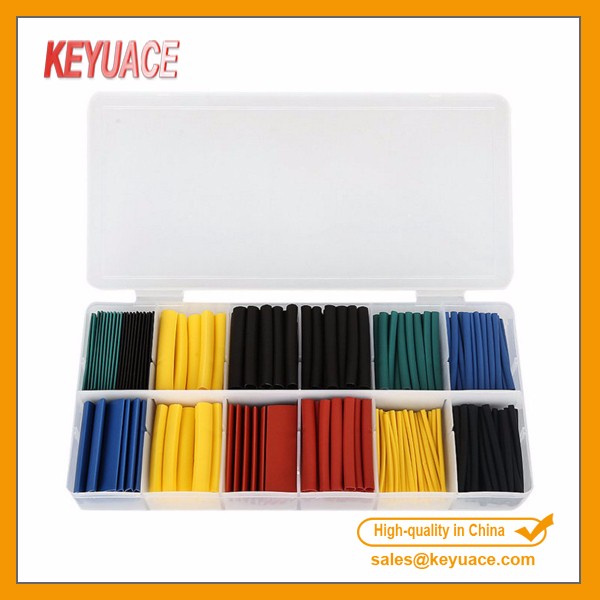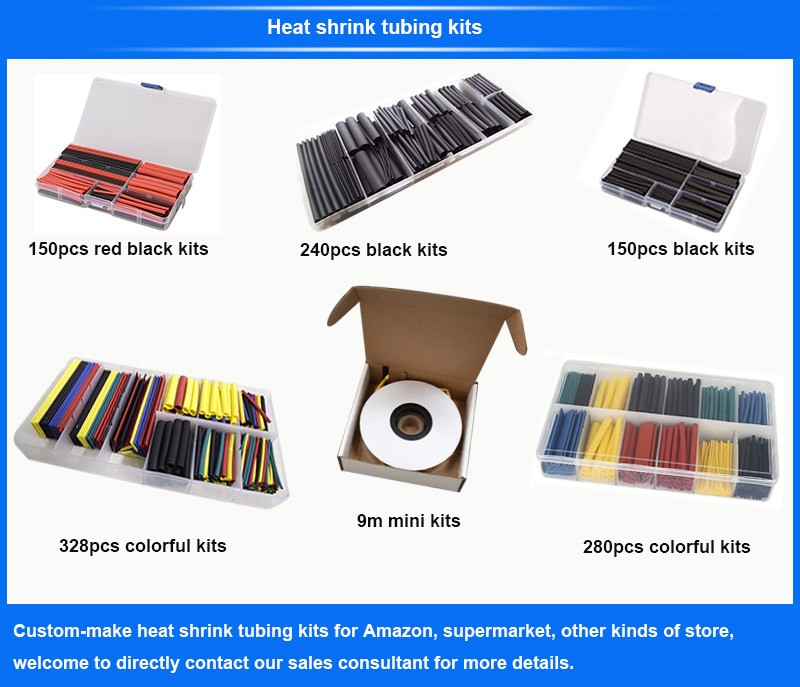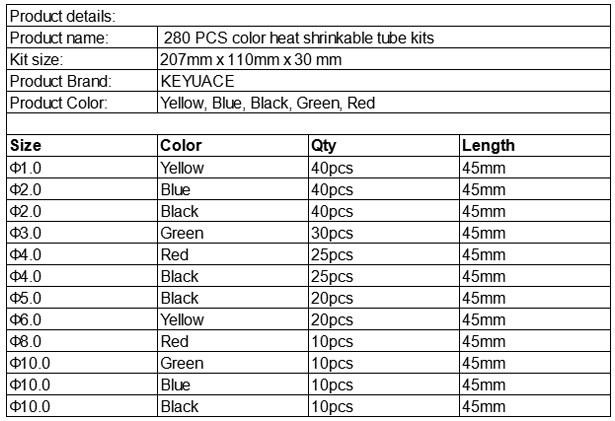Filters that only allow specific frequencies or frequency bands to pass are one of the basic tools of RF designers, and filters are involved in almost all RF projects. The following ten concepts, RF engineers must know all, look at what you are not familiar with?
Attenuation: The amplitude loss produced by a signal passing through an RF filter, usually expressed in decibels (dB).
Cutoff frequency: Usually considered to be the point where the filter's frequency response drops by 3 dB.
Group delay: The filter phase parameter relative to the frequency. The group delay is measured in terms of time (seconds) and can be considered as the propagation time delay of the signal envelope when the amplitude modulated signal passes through the RF filter.
Insertion loss: Loss of signal power due to component insertion.
Isolation: To prevent accidental interactions between signals (for example, transceiving interactions), isolate the two signals from each other.
Quality Factor: The quality factor is a measure of the selectivity of a resonant circuit and is expressed as the ratio of stored energy to lost energy for each reciprocating cycle.
Passband: The area through which the signal passes relatively undamped.
Ripple: The variation of insertion loss in the passband region.
Selectivity: A measure of the ability of a filter to pass or suppress a particular frequency (relative to the center frequency of the filter). Typically, the degree of selectivity is expressed as the loss that occurs at some particular frequency difference point relative to the center frequency of the filter as it passes through the filter.
Stopband: The frequency band in which the filter reaches the specified out-of-band rejection frequency, expressed as decibel.
As more and more LTE bands are integrated into the crowded global RF spectrum, the space between the bands is shrinking and the interference is increasing. Qorvo's new LowDriftTM and NoDriftTM advanced technologies dramatically reduce the temperature sensitivity of SAW and BAW filters for some of today's most challenging interference specifications, combining low insertion loss with extremely high accuracy selectivity. With temperature-compensated filters, operators and manufacturers can use the spectrum to provide higher speed and bandwidth, which can be lost if older filter technologies are used. LowDriftTM and NoDriftTM filter technology allow system designers to solve frequency band coexistence issues and is the best choice for mobile application filters.
Qorvo Advanced Filter Solution Recommendation

Colorful Heat shrink tube thin wall waterproof sleeve tubing kits
Product Description:
KY-HB Polyolefin Thin Wall Heat Shrink Tubing kit is made of polyolefin material, 2/1 Heat Shrink Tube Assortment Heat Shrinkable Tubing Kit has the function of insulation and protection. Heat Shrink Tubing Cable Sleeve Kit it applies to electric components, coating of the wire harness, and protection of the terminal junction of the electric wire and cable, at the same time, it also has the function of color identification. Heat Shrink Tubing Kit it's widely used in electrics, electronic industry, electrical industry, etc.
Features & Benefits:
a) Soft, insulate, low-temperature shrink, flame-resistant (except for the transparent)
b) Have a good physical, chemical and electronic properties
c) No halogen, environmentally friendly
d) Shrink Ratio is 2/1
e) Vertical Shrink ratio: ≤±5%
Product images:


Product Specification:


Avg. Wall thickness = (max. Wall thickness + min. Wall thickness)/2
Heat Shrink Tubing Kit,Shrink Tube Kit,Heat Shrink Sleeve Kit,Shrink Wrap Tubing Kit,Heat Shrinkable Tubing Kit,PE Material Heat Shrink Tubing Kit
Dong Guan KE YU New Material Technology co.,LTD , https://www.insulationtubing.com